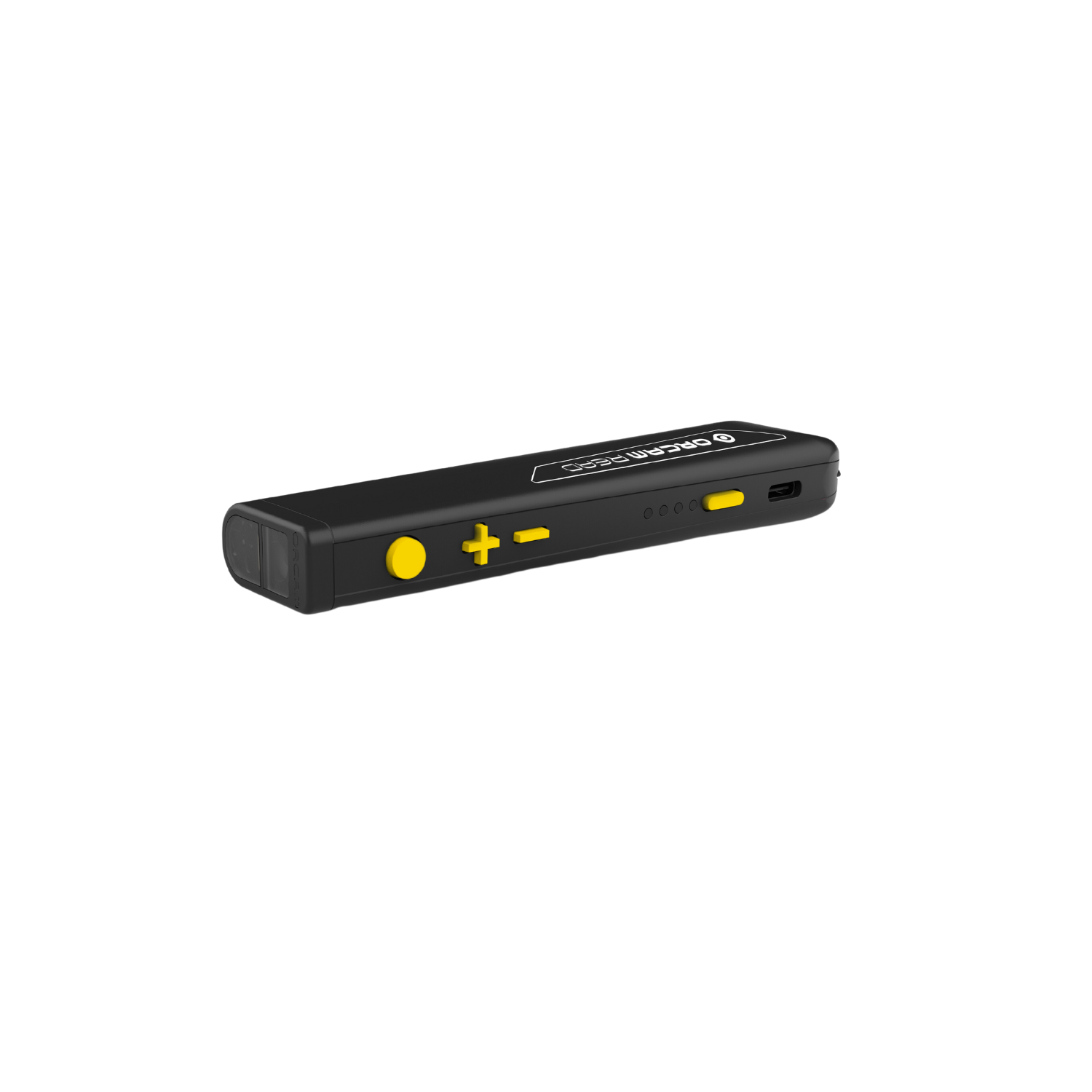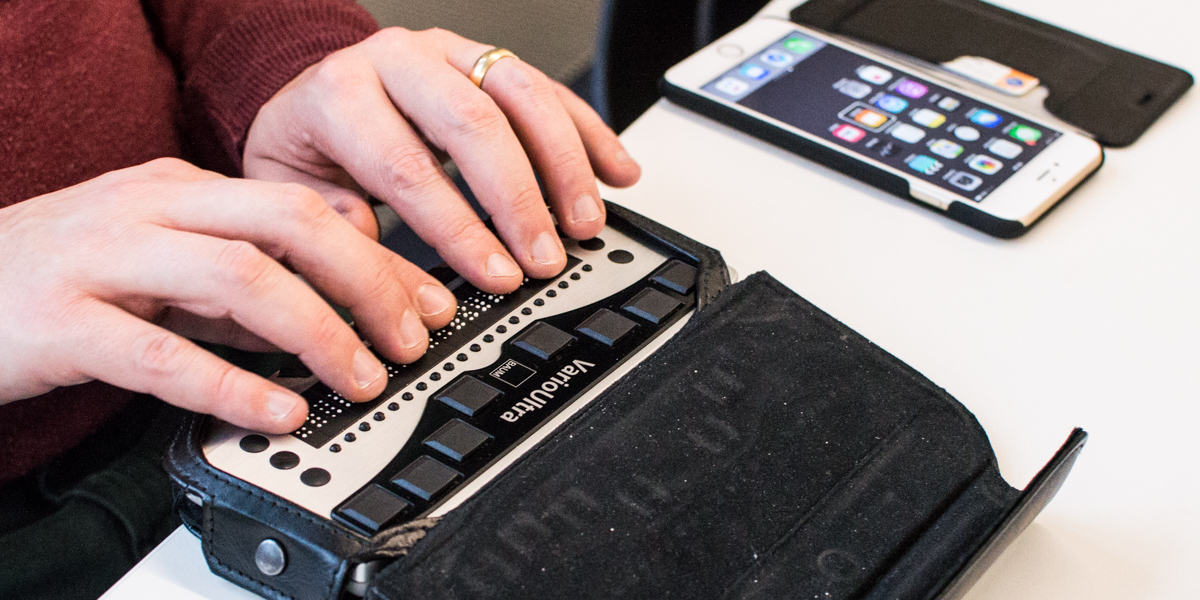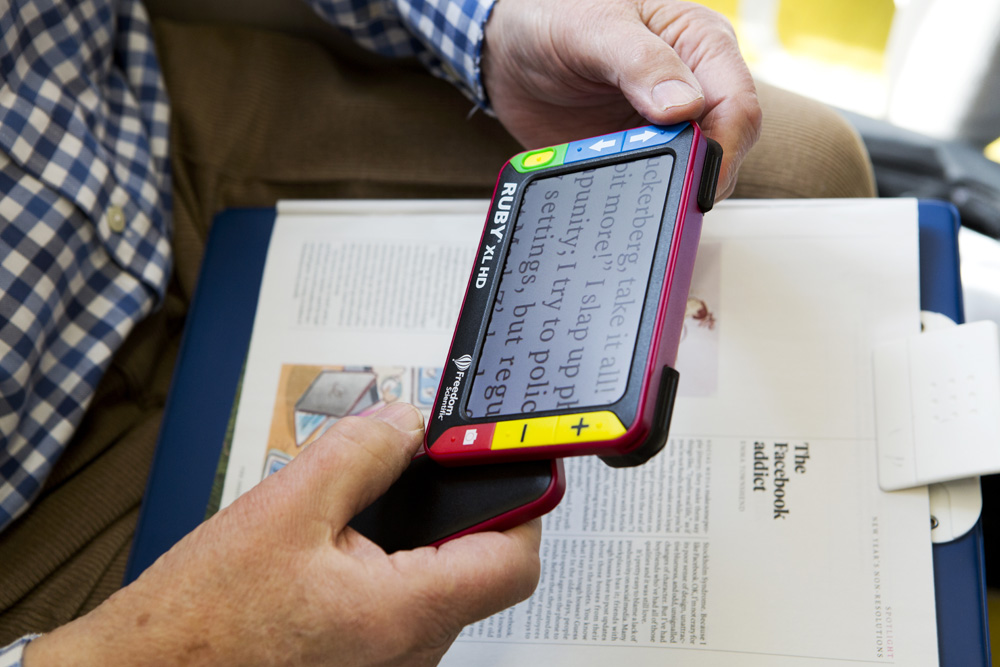Braille Displays and Notetakers: Essential Tools for Learning and Work
Braille Displays and Notetakers: Essential Tools for Learning and Work
Blog Article
Empowering Freedom With Assistive Innovation for the Blind
The combination of assistive modern technology into the lives of individuals with aesthetic disabilities stands for a substantial innovation in advertising self-reliance and self-sufficiency. From innovative display viewers to sophisticated wise walking sticks, these tools not just boost day-to-day navigating and interaction but also empower individuals to engage meaningfully in numerous aspects of life. As we discover the myriad benefits and real-world applications of these technologies, it becomes essential to check out the hidden variables that add to their effectiveness and the capacity for future developments in this crucial area.
Summary of Assistive Innovation

The advancement of assistive modern technology is grounded in principles of inclusivity and empowerment. Technologies in software program, equipment, and sensory improvements give customers with choices tailored to their specific demands. From screen viewers that convert text to speech, to responsive tools that share info with touch, these tools transform the method individuals involve with their surroundings.
In addition to useful applications, assistive innovation promotes greater social inclusion and participation in various industries, including education and employment (Smart glasses for the visually impaired). As research study and growth proceed to evolve, the potential for assistive innovation to better improve the lives of aesthetically impaired people continues to be appealing, leading the way for a more fair society where every person can prosper
Kinds of Assistive Devices
A variety of assistive gadgets have emerged to support people with aesthetic impairments, each created to satisfy details requirements and enhance day-to-day functioning. These devices range from low-tech remedies to state-of-the-art technologies, supplying diverse alternatives for users.
Low-tech devices include magnifiers and large-print products that help in analysis and writing. Braille devices, such as Braille slates and stylus pens, allow tactile reading and communication. Positioning and movement aids, like white walking canes, assist users browse their atmosphere safely.
On the higher end of the spectrum, digital magnification systems and screen viewers use significant support. Digital magnifiers allow users to enlarge text and pictures on displays, while screen readers transform digital content right into synthesized speech, promoting accessibility to details on computers and smartphones.
Mobile phone applications additionally play an important duty, providing functions like text acknowledgment and navigating aid. Wearable technology, such as smart glasses equipped with enhanced reality, is becoming an encouraging device to improve situational awareness.
Benefits of Assistive Modern Technology
The combination of assistive modern technology considerably boosts the lifestyle for people with visual impairments. These innovations encourage users by promoting independence, allowing them to navigate their settings better and execute day-to-day tasks with better simplicity. Display readers and magnification software program enable people to access electronic info, fostering professional and educational opportunities that might have formerly been out of reach.
Additionally, assistive devices such as wise canes and GPS applications provide real-time navigating support, enhancing mobility and safety. This raised autonomy not only improves self-confidence but likewise encourages social engagement, allowing users to participate even more totally in their communities.
Assistive technology additionally promotes communication, aiding individuals connect with others with voice recognition and text-to-speech applications. This ability is crucial for preserving relationships and accessing crucial info.
Additionally, the modification alternatives available with several assistive technologies guarantee that users can tailor tools to their certain demands, additionally improving usability and performance. On the whole, the benefits of assistive technology for individuals with aesthetic problems are extensive, promoting an extra inclusive society where everyone can pursue their desires and objectives.
Situation Researches and Success Stories
Highlighting the transformative effect of assistive innovation, countless study show exactly how individuals with visual problems have actually successfully integrated these devices right into their day-to-days live. One engaging example includes a college trainee that utilized display analysis software application to browse academic materials and on the internet resources effectively. This top article innovation not only facilitated her education but likewise boosted her self-confidence in joining discussions and team projects.
Another instance research includes a specialist who utilizes a smartphone application developed for navigation and object acknowledgment. By using this app, he has actually reclaimed autonomy in both his personal and workplace, permitting him to commute independently and engage with coworkers extra effectively.
Additionally, a retiree shared her experience with braille e-readers, which enabled her to access a substantial range of literary works and remain attached with her community with publication clubs.
These success tales underscore the vital role of assistive modern technology in cultivating self-reliance, enhancing lifestyle, and advertising social assimilation for people with aesthetic problems (Speech-to-text devices for low vision). By embracing these ingenious tools, individuals can get over obstacles and take chances that contribute to their expert and individual satisfaction

Future Patterns in Assistive Innovation
Innovation in assistive modern technology is poised to redefine the landscape of assistance for people with aesthetic disabilities. Emerging trends emphasize the assimilation of expert system (AI) and artificial intelligence, which enhance the functionality of tools that aid with navigating and details accessibility. As an example, AI-driven applications are now with the ability of analyzing visual data in real-time, allowing users to view involve with their setting more separately.
Furthermore, the development of wearable innovation is advancing rapidly. Smart glasses geared up with increased fact (AR) can provide audio summaries of environments, transforming how individuals interact with public spaces. These devices not only advertise autonomy but additionally foster social addition.
Furthermore, the Web of Things (IoT) is making homes smarter, allowing for seamless connectivity between assistive gadgets and daily home appliances. This connection empowers individuals by making it possible for automatic reactions and voice-activated controls customized to specific needs.
Final Thought
To conclude, assistive technology plays a crucial duty in encouraging people with visual disabilities by enhancing their self-reliance and involvement with their surroundings. The diverse variety of gadgets and applications available not only facilitates navigation and communication yet also promotes social integration and chances for professional and individual development. As improvements continue in this field, the capacity for improving the top quality of life helpful hints for those with visual problems will certainly increase, cultivating better freedom and empowerment.

Report this page